Electrical and Electronics Engineering, as the name suggests, is largely focused on engineering relating to the practical applications of electricity in all its forms. This means it is one of the most modern forms of engineering. Electrical engineering specifically is that branch of engineering concerned with study, design and application of equipment, devices and systems which use electricity, electronics, and electromagnetism. On the other hand, electronics engineering is the branch of electrical engineering concerned with the use of the electromagnetic spectrum and with the applications of such electronics devices such as integrated circuits and transistors. This discipline typically also designs passive electrical components, usually based on printed circuit boards.
There are various fields in EE Engineering few of them are discussed here.
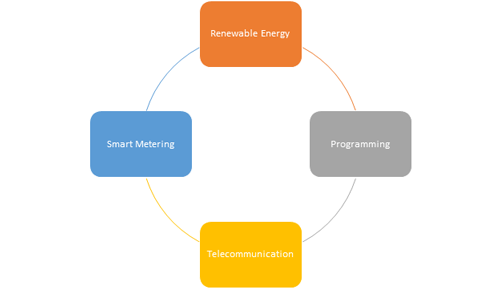
Renewable Energy comes from sources or processes that constantly replenished.
These sources of energy include solar energy, wind energy, geothermal energy, and hydroelectric power. Renewable energy sources are often associated with green energy and clean energy, but there are some subtle differences between these three energy types.
 Where renewable sources are those that are recyclable, clean energy are those that do not release pollutants like CO2, and green energy is that which comes from natural sources. While there is often cross-over between these energy types, not all types of renewable energy are actually fully clean or green. For example, some hydroelectric sources can actually damage natural habitats and cause deforestation.
Where renewable sources are those that are recyclable, clean energy are those that do not release pollutants like CO2, and green energy is that which comes from natural sources. While there is often cross-over between these energy types, not all types of renewable energy are actually fully clean or green. For example, some hydroelectric sources can actually damage natural habitats and cause deforestation.
Smart Metering technology allows remote contact with a metered contact point. A smart meter is a device that is used for smart metering. Smart meters enable a household’s energy consumption to be tracked and controlled. They are more advanced version of traditional and AMR (Automatic Meter Reading) meters.
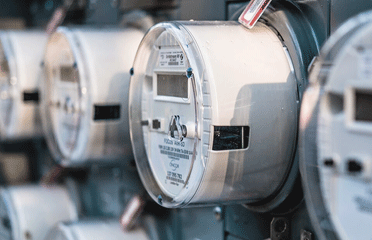
They can detect voltage, current, energy, power, and power factor, as well as estimate power usage at predetermined intervals. They also provide a variety of services, including real-time monitoring, real-time pricing, demand response, automatic billing, remote shutdown, power theft detection and more. Which helps users to reduce their energy cost by managing their energy usage and utilities to manage and predict the energy supply through theft detection, real-time pricing, and demand response. Their two-way communication feature allows them to send the energy data to the utility and receive the control commands from the utility. Communication technologies such as PLC, Wi-Fi, ZigBee, and LoRa are used to provide this bidirectional communication.
Programming is the process of designing and building an executable computer program to accomplish a specific computing result or to perform a particular task. 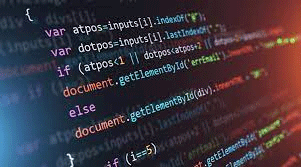
As EE Engineering student, one programming language which is taught to the students is C/C++. Programming in EE engineering requires to program the microcontrollers, configure the registers, and to design and test firmware to execute various parts of the circuit. It allows students to dig into the nuts and bolts of the hardware, writing values into different registers, accessing memory buses, and controlling hardware peripherals.
Telecommunication brings together all of the elements of electrical engineering, including computer engineering and system engineering to create and improve telecommunication systems.
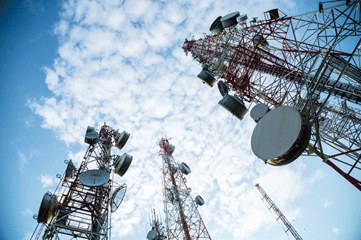 Telecommunication networks are group of nodes interconnected by telecommunications links that are used to exchange messages between the nodes. The links may use a variety of technologies based on the methodologies of circuit switching, message switching, or packet switching to pass messages and signals. The work of telecommunications engineers ranges from creating basic circuit designs to deploying wireless networks. Telecommunication engineers are responsible for designing and overseeing the installation of telecommunication equipment and facilities, such as complex electronic switching systems, optical fiber cabling, IP networks, and microwave transmission systems.
Telecommunication networks are group of nodes interconnected by telecommunications links that are used to exchange messages between the nodes. The links may use a variety of technologies based on the methodologies of circuit switching, message switching, or packet switching to pass messages and signals. The work of telecommunications engineers ranges from creating basic circuit designs to deploying wireless networks. Telecommunication engineers are responsible for designing and overseeing the installation of telecommunication equipment and facilities, such as complex electronic switching systems, optical fiber cabling, IP networks, and microwave transmission systems.
What does EEs do?
Swinburne Sarawak Programme
Swinburne Sarawak provides a Bachelor of Engineering (Honours) (Electrical and Electronics) Programme with a variety of major disciplines (see figure). In the broad subject of electrical and electronics engineering, this degree enhances students’ capacity to analyze, discover, articulate, and generate specialized solutions. Students will be able to apply their knowledge and abilities in the design, construction, operation, and maintenance of electronic systems and electrical energy infrastructure, or they will be able to utilize the course as a springboard for research or further education.
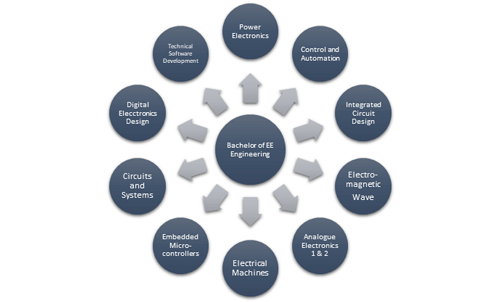
Students will learn programming, calculus, linear algebra, physics, chemistry, and biology as well as other math and science tools. Additionally, EE tools such as circuits and electronics, electromagnetics, signals and systems, semiconductor physics, and digital designs, as well as engineering designs and technical communication are also available.
What core units do EE students take?
Being an EE Engineering Students, you will be undertaking following core units during your degree Programme.
Why to become an EE Engineer?
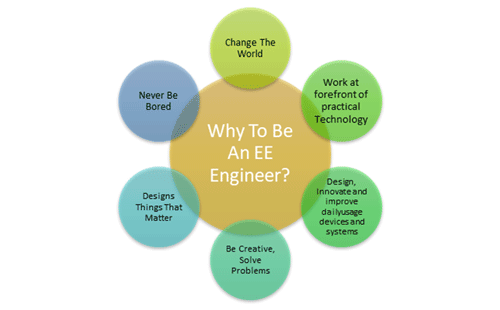
What are the learning outcomes of this course?
Students who successfully complete this course will be able to
What are the career paths for EE Engineering Graduates?
EE Engineering Graduates can take up careers in a wide spectrum of industries, including automotive, robotics, aerospace, power industry, healthcare, electronic appliances, manufacturing, and industrial research. Contributions can be made to these industries in a variety of roles as following:
EE program has conducted a short course on photovoltaic system design and integration to the grid. The short course covered the topics such as, Irradiance and temperature modelling, IV and PV curves, Charge controllers, Battery and Cables, DC-DC Converters, Inverter topologies, and design a simple solar system.
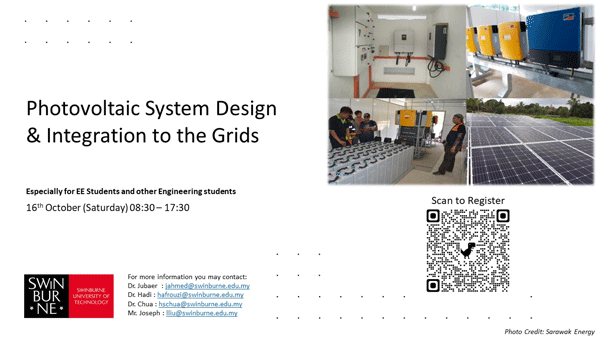
EE Program focuses on several research areas such as Electrical, Electronic, and communication. One area of focus by our researchers is Renewable energy. Here are the sample papers under the title of “A skipping adaptive P&O MPPT for fast and efficient tracking under partial shading in PV arrays” published in International Transactions on Electrical Energy Systems and “Techno‐economic analysis of direct combustion and gasification systems for off‐grid energy supply: A case for organic rankine cycle and dual fluidized‐bed” published in IET Renewable Power Generation. Another area of our researchers’ interest is the High voltage phenomenon such as Electric field and electric potential distribution in high voltage insulators, Modelling of high voltage phenomenon such as Partial discharge. Besides, we have researchers who are active in the communication field or research.